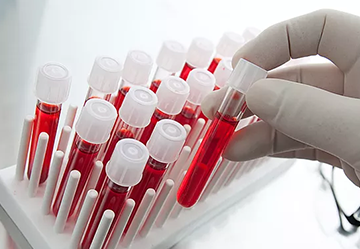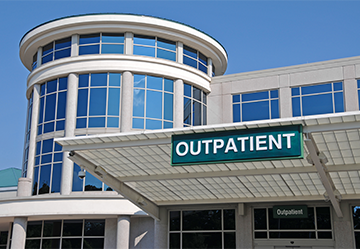Healthcare
Uro Gynae and Menstrual Disorder Pathway Redesign
Uro Gynae and Menstrual Disorder Pathway Redesign
We were engaged to clearly understand the Pathway from GP referral to first significant intervention (Minor Op etc) for Menstrual Disorder and Uro Gynae pathways, for a large NHS Foundation Trust.


Results
Hard savings:
- Rationalised the admin processes – reduction in 2FTE (saving £60K pa)
- Identified 30+ Theatre improvements (est savings of £50K, plus additional capacity to reduce RTT)
- Identified many communication and system changes to reduce errors and rework. Reduction in 50% errors targeted for implementation (est a further £30K in saving)
Soft savings/benefits:
- Reduced the number of attendances the patient would need to make along the pathway. Improved patient experience and time to attend.
- Improved the likelihood of better patient outcomes as more patients would be put through specialist pathways, than general pathways.
- Better communication to patients in the community prior to referral.
- Less referrals into secondary care. Better adherence to choose and book
Approach
We were engaged to clearly understand the Pathway from GP referral to first significant intervention (Minor Op etc) for both Pathways; Menstrual Disorder and Uro Gynae, for two regions/patches.
- To highlight the differences between how the two patches’ pathways worked.
- To reduce the amount of steps in the process.
- To identify way to improve patient experience and outcomes.
- To reduce from 4 different pathways (2 at one patch and 2 at the other) and agree one common pathway.
- Get all the stakeholders from both regions to agree on one new Pathway and be supportive of implementation.
Solution
All key stakeholders identified, Primary (GPs, GP commissioners, PCT representatives). Consultants, Drs, Nursing staff, Theatre Staff, Admin staff (clerks, booking staff), IT.
All stakeholders invited to 5-day event (over 2 weeks).
5-day Rapid improvement event ran, that included Lean overview and lean tools training and Current state Mapping x4, Problem and Countermeasure and Future state mapping, cost benefit analysis and scheduling the improvements (action planning).
Example patient bios created to focus the activity on patient outcomes and pathway not on local politics, to create a focal point that all could agree on, (voice of the customer).
Engaged and facilitated all stakeholders (50+) to agree on a single future pathway that was standard across the region (this being the primary aim).




























